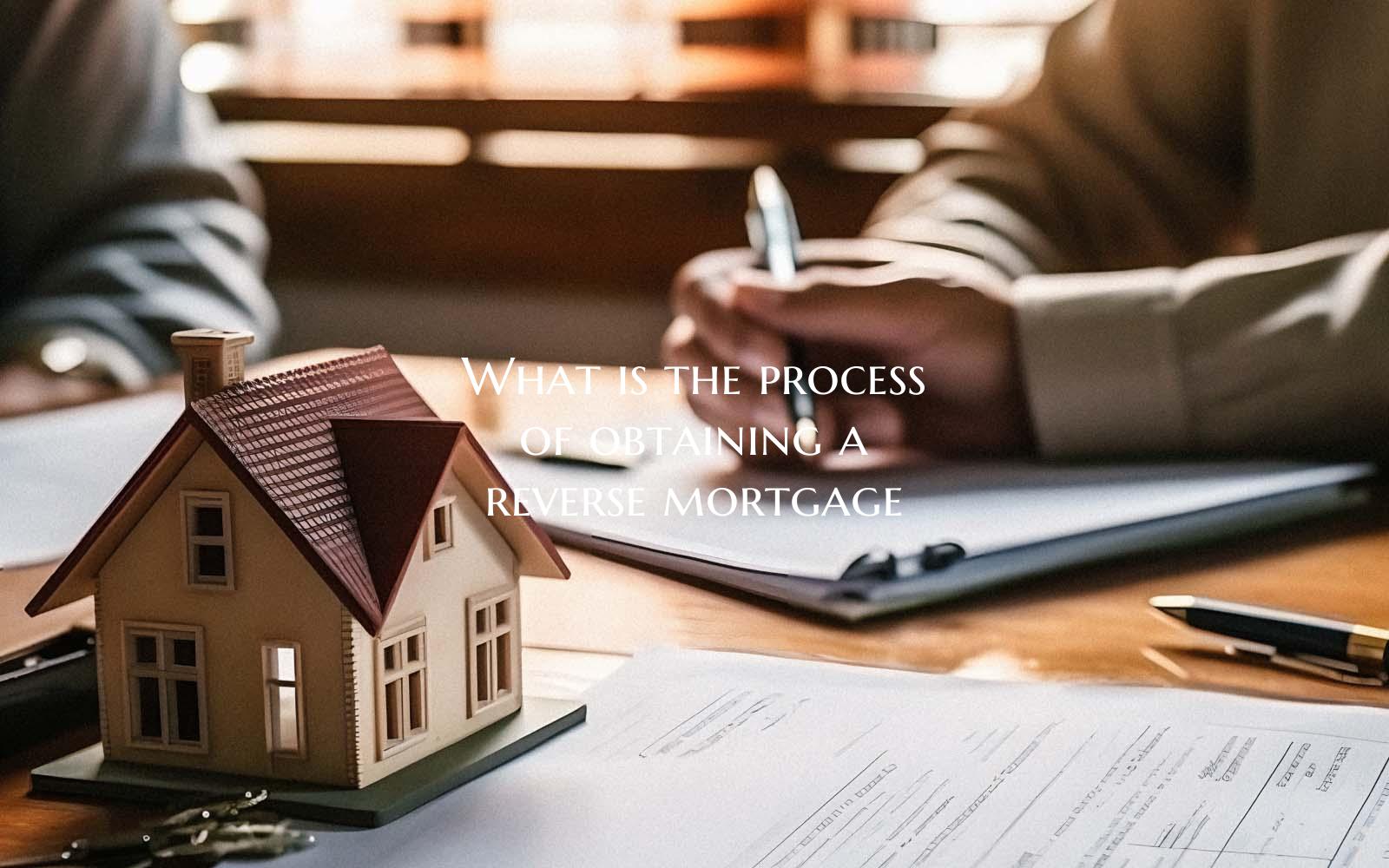What is the process of obtaining a reverse mortgage

A reverse mortgage can be a beneficial financial tool for seniors looking to tap into their home equity to supplement their income during retirement. The process of obtaining a reverse mortgage involves several steps to ensure that the homeowner meets the requirements and fully understands the terms of the loan. Below is an overview of the step-by-step process:
1. Research and Education: The first step in obtaining a reverse mortgage is to research and educate yourself about how reverse mortgages work. Understand the eligibility requirements, pros and cons of a reverse mortgage, and any associated fees or costs.
2. Counseling Session: Before applying for a reverse mortgage, homeowners are required to attend a counseling session with a HUD-approved counselor. The counselor will provide information about the loan, discuss alternatives, and ensure that the homeowner understands the implications of a reverse mortgage.
3. Application: Once you have completed the counseling session and are ready to proceed, you can fill out an application with a lender that offers reverse mortgages. The lender will review your application and determine if you meet the eligibility criteria.
4. Appraisal and Home Evaluation: As part of the application process, an appraisal of your home will be conducted to determine its value. The amount you can borrow with a reverse mortgage is based on the appraised value of your home, among other factors.
5. Underwriting and Approval: After the appraisal, the lender will review your financial information, credit history, and the appraisal report to assess your ability to repay the loan. If everything meets the requirements, your loan will be approved.
6. Closing: Once your reverse mortgage is approved, you will schedule a closing to sign the loan documents. During the closing, you will review and sign the loan agreement, and your lender will explain the terms and conditions of the reverse mortgage.
7. Disbursement of Funds: After the closing, the lender will disburse the funds to you in the agreed-upon manner (lump sum, monthly payments, line of credit, or a combination). The funds can be used for any purpose, such as covering expenses, home repairs, or medical bills.
8. Loan Repayment: With a reverse mortgage, you do not need to make monthly mortgage payments. The loan is typically repaid when you sell the home, move out, or pass away. At that time, the loan balance, including accumulated interest and fees, will be due.
It's essential to carefully consider all aspects of a reverse mortgage before proceeding to ensure that it aligns with your financial goals and retirement plans. Consulting with a financial advisor or mortgage specialist can help you make an informed decision about whether a reverse mortgage is the right option for you.
